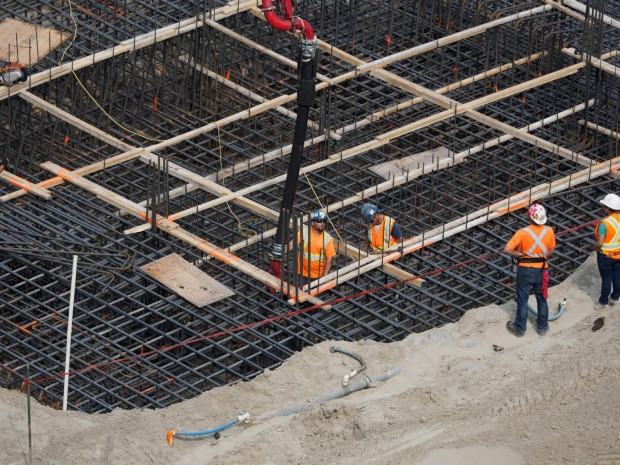Mastering foundation construction techniques is essential for ensuring the stability and durability of any structure. By paying careful attention to the details during the construction of the foundation, it is possible to avoid future problems like settlement or structural failure.

(Photo : Pexels/IslandHopper X )
Importance of Mastering Foundation Construction Techniques
Developing a solid foundation is similar to initiating the process of establishing the basis for a successful undertaking. Even if a structure has a really attractive appearance, if it does not have a solid and well-made foundation, it may begin to experience issues with its construction and become less stable over time. Techniques for constructing foundations encompass a wide variety of approaches to constructing a sturdy base capable of overcoming a variety of problems posed by the environment and the structure itself.
Accordingly, construction professionals can overcome obstacles such as unpredictable soil conditions, problems with the water table, environmental concerns, and limitations on project management by implementing the appropriate strategies and solutions. Effective soil tests, careful site preparation, astute material selection, and cutting-edge technology are essential components of a solid and sturdy foundation.
Moreover, keeping updated on the most recent developments in foundation construction techniques is necessary for them to continue innovating and adapting to the construction industry's ever-changing practices. Building good foundations requires adhering to a number of fundamental principles, including working together with professionals, using technology, and emphasizing quality and safety.
Also Read: 6 Helpful Strategies to Avoid Construction Delays
7 Secrets to Perfect a Stable Foundation
1. Start With A Solid Plan
Having a comprehensive strategy in place is essential before beginning any construction job. This will allow you to sketch out the entire procedure and ensure that everything happens according to predetermined plans. It is also essential to take into account the soil conditions of your land, as this might affect the foundation's ability to remain solid.
2. Use The Right Materials
When constructing a solid foundation, high-quality materials are required. Concrete and steel reinforcements are the most long-lasting materials, so employing them is essential. However, to avoid water damage and other issues, you need to make certain that all of your foundations are correctly sealed.
3. Dig Deep
Always strive for greater depth when excavating foundations. As the depth of the cavity increases, so does the stability and strength of the foundation. If you want a strong foundation, you need to ensure that your holes are at least two feet deep.
4. Utilize Proper Drainage
Ensure that your building has enough drainage to avoid water accumulation around the foundation. As mentioned, installing a drainage system is highly recommended to prevent water from pooling beneath the foundation and causing damage to the structure.
5. Test Your Soil
A soil test to determine the soil type and its bearing capability is essential before installing the foundation. This will determine the type of foundation appropriate for the building.
6. Curing and Waterproofing
Once the foundation has been poured, it must be allowed to cure. After that, waterproofing procedures are carried out to safeguard it from moisture.
7. Inspection
Upon finishing, you should thoroughly inspect your work to verify that the foundation satisfies all necessary parameters and standards.
Related Article: Explore the 7 Popular Foundation Types Used in Residential Construction







